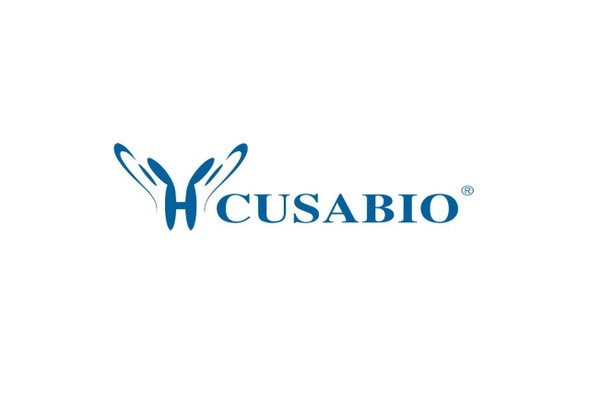Cusabio Rattus norvegicus Recombinants
Recombinant Rat Heme oxygenase 1 (Hmox1) | CSB-YP010583RA
- SKU:
- CSB-YP010583RA
- Availability:
- 25 - 35 Working Days
Description
Recombinant Rat Heme oxygenase 1 (Hmox1) | CSB-YP010583RA | Cusabio
Alternative Name(s): HSP32
Gene Names: Hmox1
Research Areas: Cell Biology
Organism: Rattus norvegicus (Rat)
AA Sequence: MERPQLDSMSQDLSEALKEATKEVHIRAENSEFMRNFQKGQVSREGFKLVMASLYHIYTALEEEIERNKQNPVYAPLYFPEELHRRAALEQDMAFWYGPHWQEAIPYTPATQHYVKRLHEVGGTHPELLVAHAYTRYLGDLSGGQVLKKIAQKAMALPSSGEGLAFFTFPSIDNPTKFKQLYRARMNTLEMTPEVKHRVTEEAKTAFLLNIELFEELQALLTEEHKDQSPSQTEFLRQRPASLVQDTTSAETPRGKSQISTSSSQTPLLRWVLTLSFLLATVAVGIYAM
Source: Yeast
Tag Info: N-terminal 6xHis-tagged
Expression Region: 1-289aa
Sequence Info: Full Length
MW: 35 kDa
Purity: Greater than 85% as determined by SDS-PAGE.
Relevance: Heme oxygenase cleaves the heme ring at the alpha methene bridge to form biliverdin. Biliverdin is subsequently converted to bilirubin by biliverdin reductase. Under physiological conditions, the activity of heme oxygenase is highest in the spleen, where senescent erythrocytes are sequestrated and destroyed. Exhibits cytoprotective effects since excess of free heme sensitizes cells to undergo apoptosis.
Reference: "Crystal structure of rat apo-heme oxygenase-1 (HO-1): mechanism of heme binding in HO-1 inferred from structural comparison of the apo and heme complex forms." Sugishima M., Sakamoto H., Kakuta Y., Omata Y., Hayashi S., Noguchi M., Fukuyama K. Biochemistry 41:7293-7300(2002)
Storage: The shelf life is related to many factors, storage state, buffer ingredients, storage temperature and the stability of the protein itself. Generally, the shelf life of liquid form is 6 months at -20?/-80?. The shelf life of lyophilized form is 12 months at -20?/-80?.
Notes: Repeated freezing and thawing is not recommended. Store working aliquots at 4? for up to one week.
Function: Heme oxygenase cleaves the heme ring at the alpha methene bridge to form biliverdin. Biliverdin is subsequently converted to bilirubin by biliverdin reductase. Under physiological conditions, the activity of heme oxygenase is highest in the spleen, where senescent erythrocytes are sequestrated and destroyed. Exhibits cytoprotective effects since excess of free heme sensitizes cells to undergo apoptosis.
Involvement in disease:
Subcellular Location: Microsome, Endoplasmic reticulum membrane, Peripheral membrane protein, Cytoplasmic side
Protein Families: Heme oxygenase family
Tissue Specificity:
Paythway:
Form: Liquid or Lyophilized powder
Buffer: If the delivery form is liquid, the default storage buffer is Tris/PBS-based buffer, 5%-50% glycerol. If the delivery form is lyophilized powder, the buffer before lyophilization is Tris/PBS-based buffer, 6% Trehalose, pH 8.0.
Reconstitution: We recommend that this vial be briefly centrifuged prior to opening to bring the contents to the bottom. Please reconstitute protein in deionized sterile water to a concentration of 0.1-1.0 mg/mL.We recommend to add 5-50% of glycerol (final concentration) and aliquot for long-term storage at -20?/-80?. Our default final concentration of glycerol is 50%. Customers could use it as reference.
Uniprot ID: P06762
HGNC Database Link: N/A
UniGene Database Link: UniGene
KEGG Database Link: KEGG
STRING Database Link: STRING
OMIM Database Link: N/A









